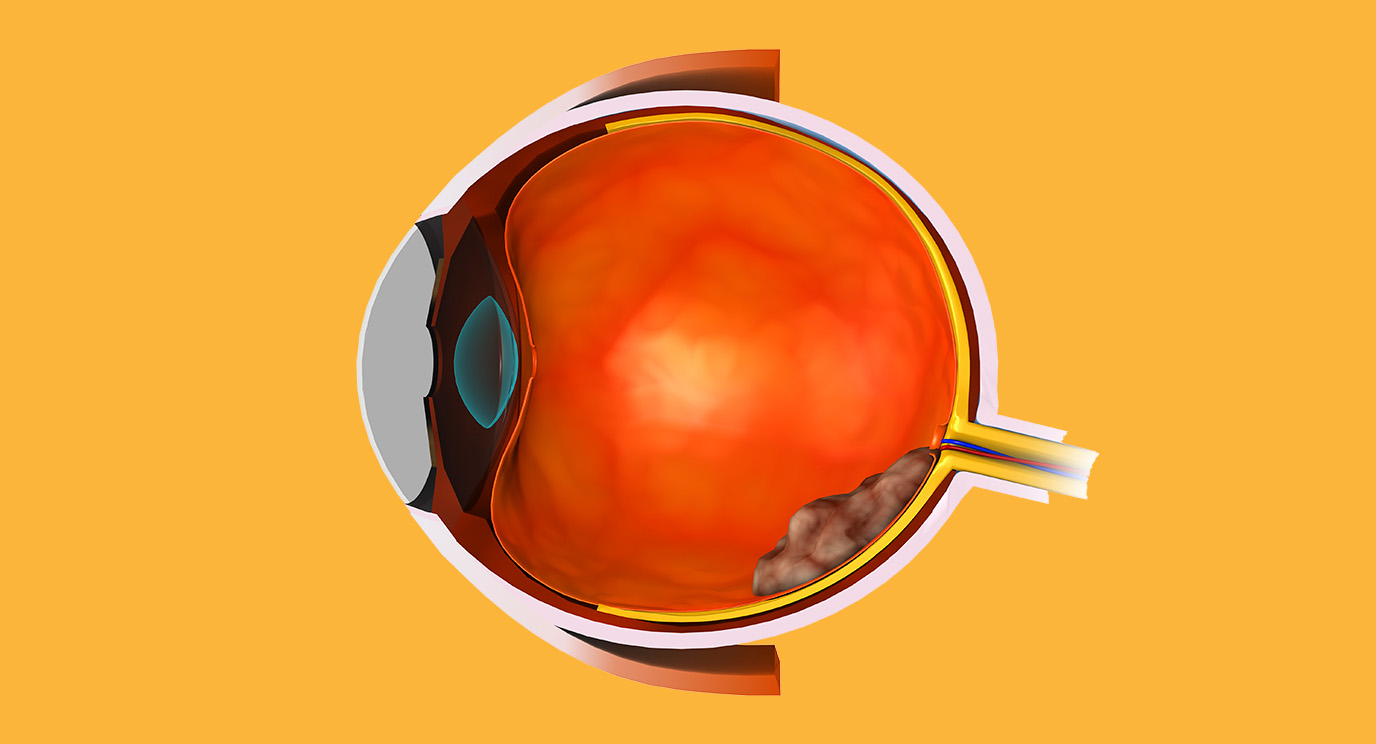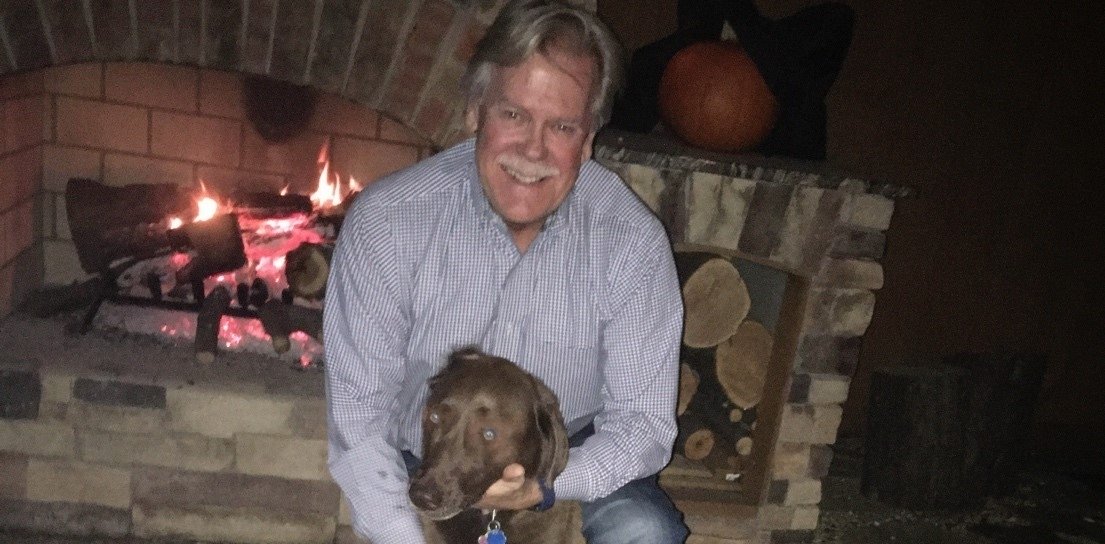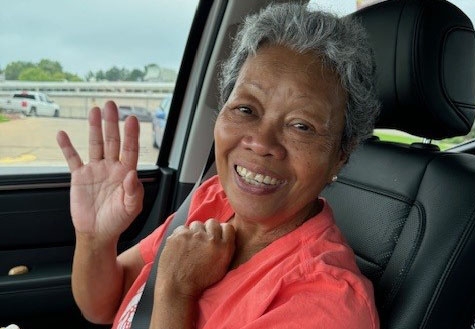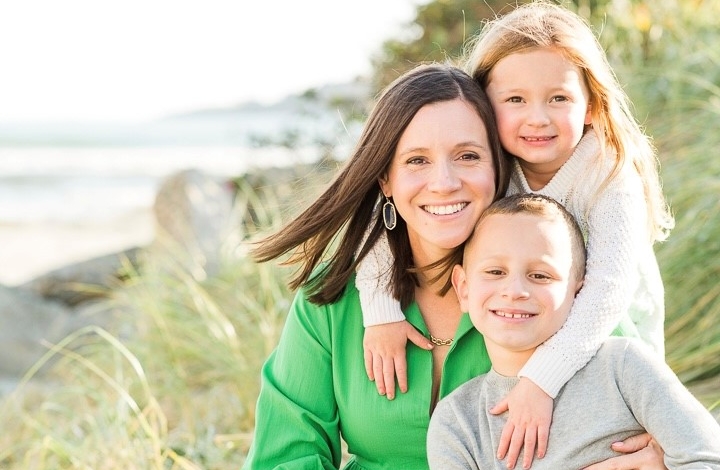- Diseases
- Acoustic Neuroma (16)
- Adrenal Gland Tumor (24)
- Anal Cancer (70)
- Anemia (2)
- Appendix Cancer (18)
- Bile Duct Cancer (26)
- Bladder Cancer (74)
- Brain Metastases (28)
- Brain Tumor (234)
- Breast Cancer (728)
- Breast Implant-Associated Anaplastic Large Cell Lymphoma (2)
- Cancer of Unknown Primary (4)
- Carcinoid Tumor (8)
- Cervical Cancer (164)
- Colon Cancer (168)
- Colorectal Cancer (118)
- Endocrine Tumor (4)
- Esophageal Cancer (44)
- Eye Cancer (36)
- Fallopian Tube Cancer (8)
- Germ Cell Tumor (4)
- Gestational Trophoblastic Disease (2)
- Head and Neck Cancer (14)
- Kidney Cancer (130)
- Leukemia (342)
- Liver Cancer (50)
- Lung Cancer (286)
- Lymphoma (278)
- Mesothelioma (14)
- Metastasis (30)
- Multiple Myeloma (100)
- Myelodysplastic Syndrome (60)
- Myeloproliferative Neoplasm (6)
- Neuroendocrine Tumors (16)
- Oral Cancer (102)
- Ovarian Cancer (178)
- Pancreatic Cancer (162)
- Parathyroid Disease (2)
- Penile Cancer (14)
- Pituitary Tumor (6)
- Prostate Cancer (150)
- Rectal Cancer (58)
- Renal Medullary Carcinoma (6)
- Salivary Gland Cancer (14)
- Sarcoma (238)
- Skin Cancer (302)
- Skull Base Tumors (56)
- Spinal Tumor (12)
- Stomach Cancer (66)
- Testicular Cancer (28)
- Throat Cancer (92)
- Thymoma (6)
- Thyroid Cancer (100)
- Tonsil Cancer (30)
- Uterine Cancer (86)
- Vaginal Cancer (18)
- Vulvar Cancer (22)
- Cancer Topic
- Adolescent and Young Adult Cancer Issues (22)
- Advance Care Planning (12)
- Biostatistics (2)
- Blood Donation (18)
- Bone Health (8)
- COVID-19 (360)
- Cancer Recurrence (120)
- Childhood Cancer Issues (120)
- Clinical Trials (628)
- Complementary Integrative Medicine (22)
- Cytogenetics (2)
- DNA Methylation (4)
- Diagnosis (240)
- Epigenetics (6)
- Fertility (62)
- Follow-up Guidelines (2)
- Health Disparities (14)
- Hereditary Cancer Syndromes (128)
- Immunology (18)
- Li-Fraumeni Syndrome (8)
- Mental Health (122)
- Molecular Diagnostics (8)
- Pain Management (62)
- Palliative Care (8)
- Pathology (10)
- Physical Therapy (18)
- Pregnancy (18)
- Prevention (940)
- Research (390)
- Second Opinion (78)
- Sexuality (16)
- Side Effects (616)
- Sleep Disorders (10)
- Stem Cell Transplantation Cellular Therapy (216)
- Support (408)
- Survivorship (330)
- Symptoms (182)
- Treatment (1794)
Vismodegib lets eyelid cancer survivor keep his vision
3 minute read | Published October 11, 2016
Medically Reviewed | Last reviewed by an MD Anderson Cancer Center medical professional on October 11, 2016
When Paul Skobel’s eyelid cancer returned in 2013, his local oncologist told him that he would probably lose his right eye because of the way the tumor had grown back.
Paul’s right orbital bone and cheekbone would need to be removed, and the upper jaw on that side of his face might also have to be reconstructed. With the orbital bone gone, there would be no support structure for an artificial eyeball, so a skin flap would have to be taken from Paul’s thigh to cover the depression where the eye had been.
“You can imagine how I felt about that,” Paul says. “I probably wouldn’t have needed a mask for Halloween.”
Choosing MD Anderson
Fortunately, Paul’s local radiologist gave him a reason to be hopeful. A new chemotherapy drug had just been approved by the U.S. Food & Drug Administration the year before, and he told Paul that MD Anderson had it.
“He described it as a designer drug that had shown promise with the type of basal cell cancer that I had,” Paul says. “I thought, OK, maybe I can work with this.”
Paul came to MD Anderson in November of that year. His doctor prescribed him the new drug, called Vismodegib, and told him it might be possible to save his right eye.
“She didn’t promise me anything,” Paul says. “She would just say, ‘It’s possible.’”
Vismodegib begins to show effectiveness
Paul began taking Vismodegib every day. After three months, an MRI showed the tumor was getting smaller.
“It took quite a while to be visible because the skin under my eye was so stretched out,” Paul says. “It looked like I’d been stung by a wasp.”
But the medicine continued to shrink the tumor. Paul had an MRI every three months to monitor its progress. Finally, in December 2015, his doctor couldn’t see anything on the scan. She scheduled surgery for January to remove excess tissue and some nerves along Paul’s nasal passage.
“She removed the nerves as a precautionary measure,” Paul recalls. “But I was told I would not have any feeling there. And I don’t, from my right cheek down to the lip.”
Chemotherapy’s side effects
For Paul, the hardest part of his second eyelid cancer experience was the side effects from chemotherapy. Fatigue had him sleeping 12 or 13 hours a day, and muscle cramps in his legs and hands made it hard for him to drive.
“It was scary, especially when I was in the car,” Paul says. “I had to pull over sometimes, when I had cramps in both hands.”
His sense of taste was also severely affected. “The first time I noticed it was with water,” Paul says. “It just didn’t taste good. I thought something was wrong with it. But it was all water, regardless of where it came from. And it went from there to food.”
Eventually, meals became so unappetizing that Paul had to force himself to eat. He lost 40 pounds -- and all of his hair.
“It’s coming back very slowly, in patches,” Paul says. “But my sense of taste finally returned. I went from not being able to eat anything to not being able to stop.”
A gamble worth taking
Paul is still recovering from the fatigue caused by the chemo, but he is grateful to have come to MD Anderson.
“I was very relieved when the drug worked,” Paul says. “I was elated. There’s been no change to my eyesight.”
He also has some words of encouragement for other patients.
“If you’re looking at a new drug and you believe in the doctor who’s telling you it’s fairly good, don’t be afraid to try,” he says. “It can’t be any worse than what you have. Take a chance.”
Related Cancerwise Stories

If you’re looking at a new drug and you believe in the doctor who’s telling you it’s fairly good, don’t be afraid to try.
Paul Skobel
Survivor





